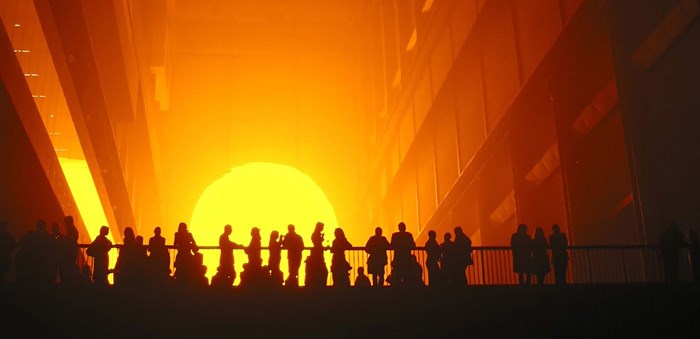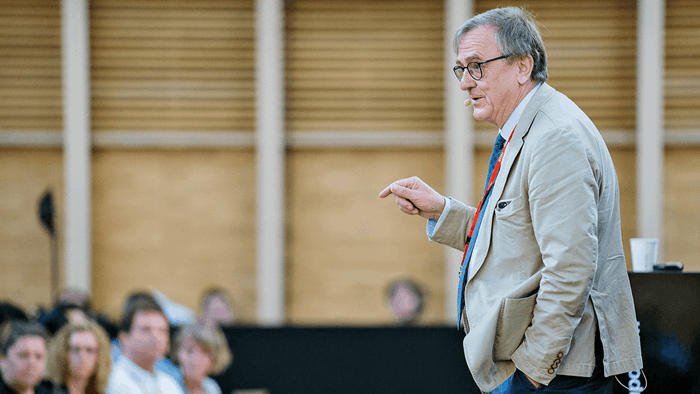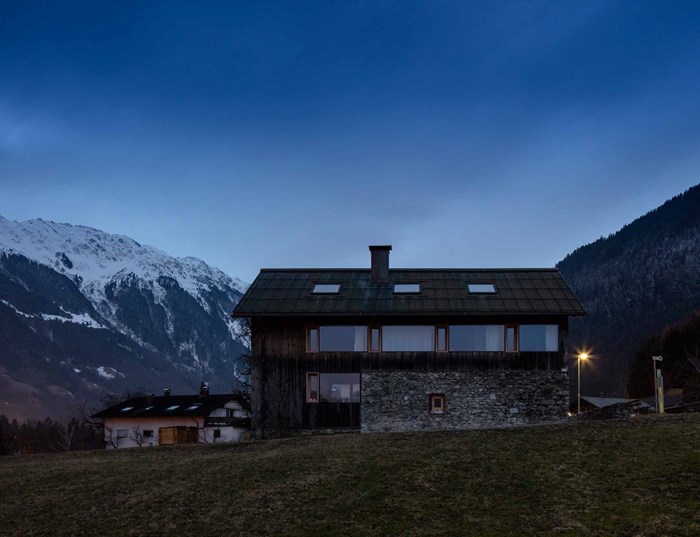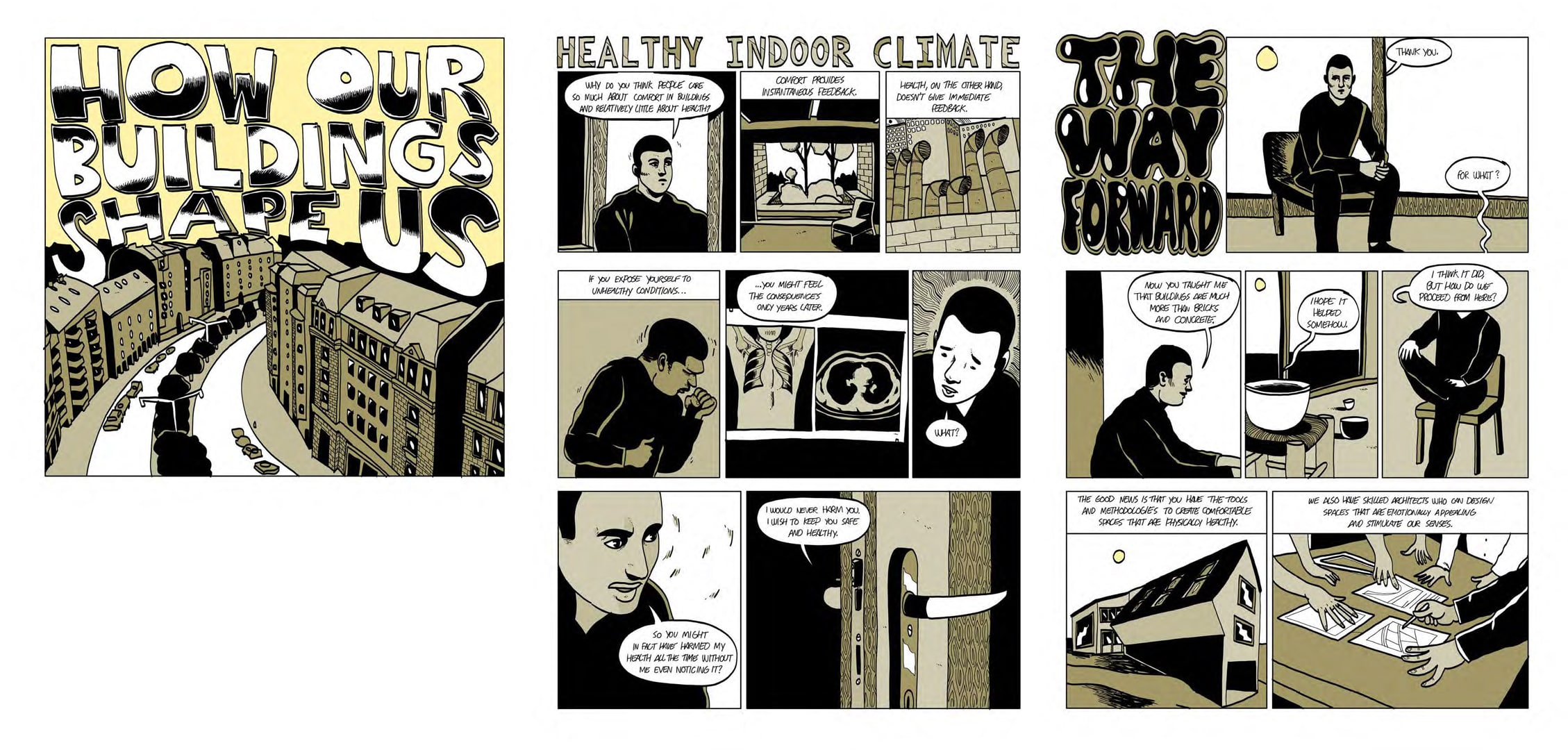
Danish comic artist addresses why buildings aren't comfortable for all people and how indoor spaces psychologically affect us.
If rooms could speak – what would they tell us? This question is the starting point of the following graphic novel by the Danish comic artist Halfdan Pisket. The two protagonists talk about how buildings affect our well-being, our health and our emotions. The latest scientific findings show that the three areas are closely interlinked. Together, they form the basis for successful building design and operation.
Cartoon by Halfdan Pisket
Text by Jakob Schoof
Daylight & Architecture #29
Halfdan Pisket (born 1985) is a Danish artist, graphic novelist and VJ. He graduated from the Royal Danish Academy of Arts in 2009 and, in the following years, published a number of underground comics: Violence (with author Hans Otto Jørgensen, 2009), Hail the Darklord (2012) and Locksmith Files (2012). His recent books, Desert Eagle (2014) Cockroach (2015) and Dansker (2016) form a graphic novel trilogy that deals with the life of Pisket’s father. In 2015, the Danish Arts Foundation awarded Halfdan Pisket a three-year scholarship, the first time ever that a graphic novelist received this recognition.
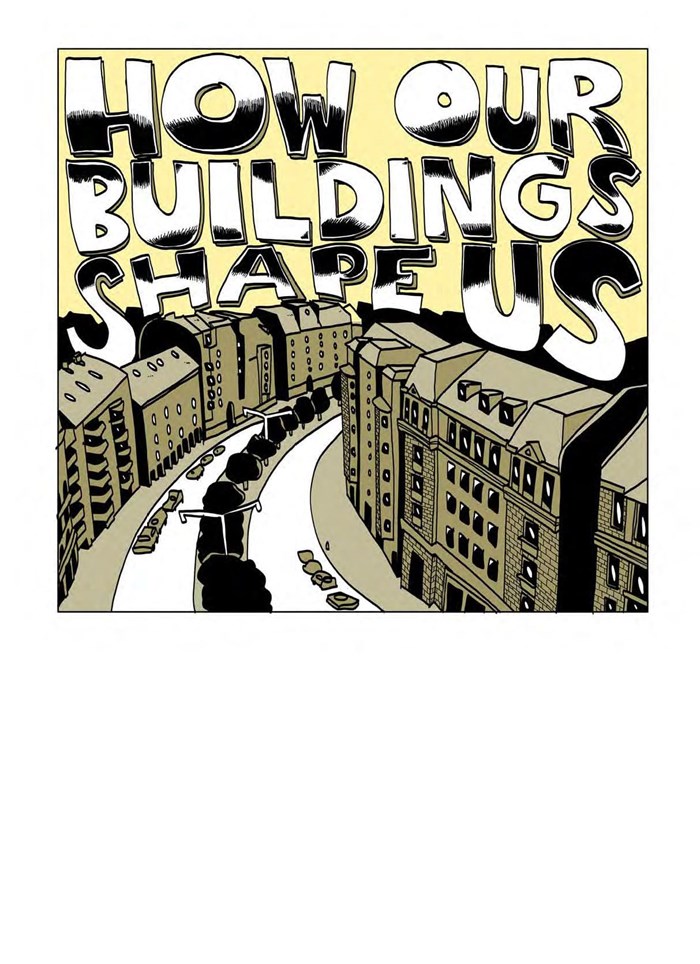
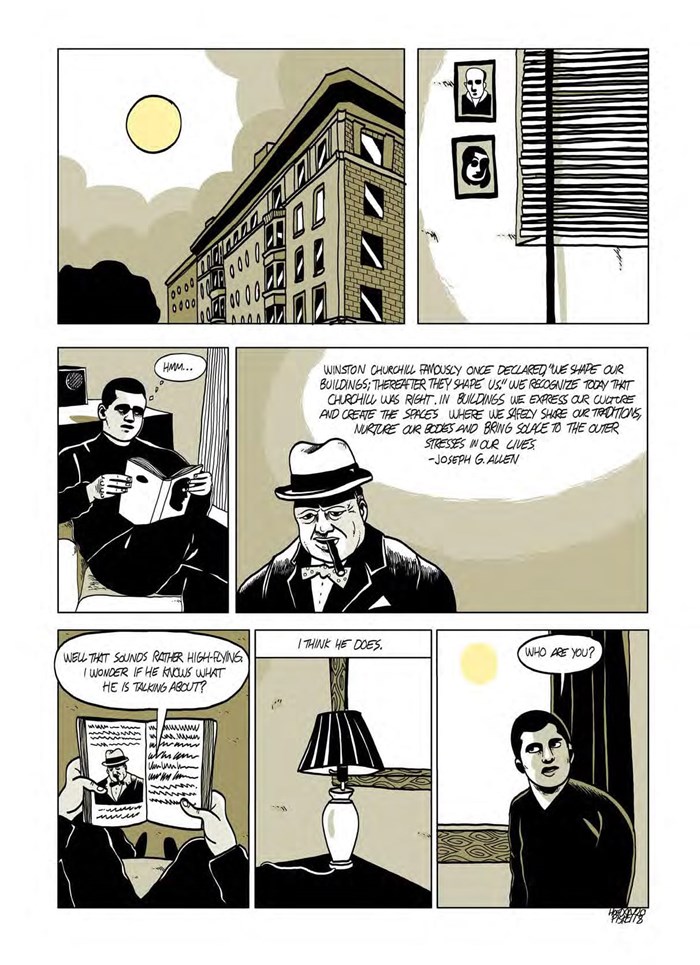
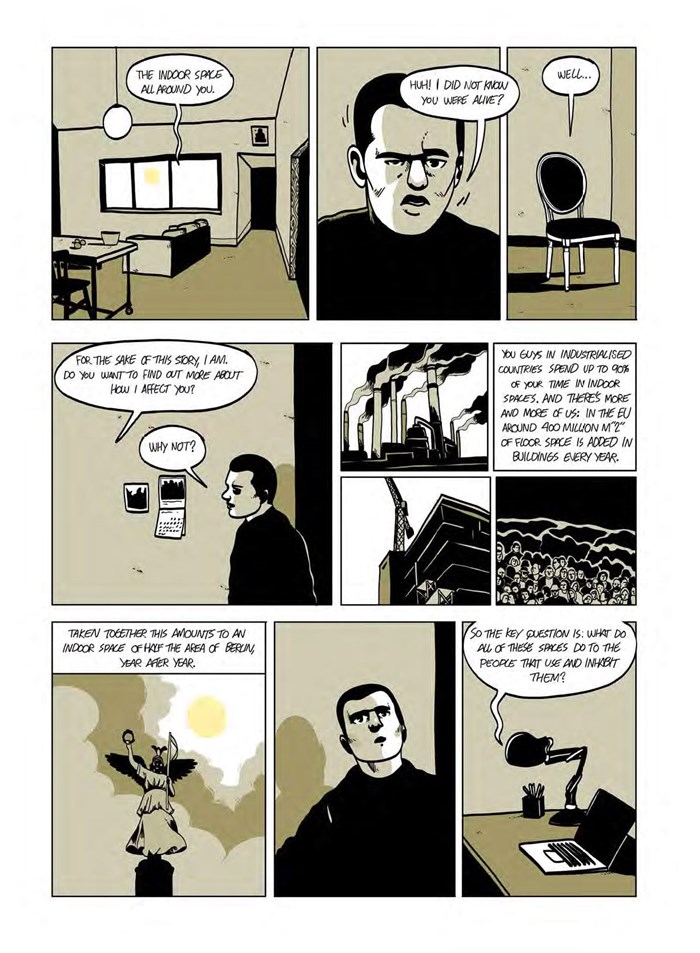
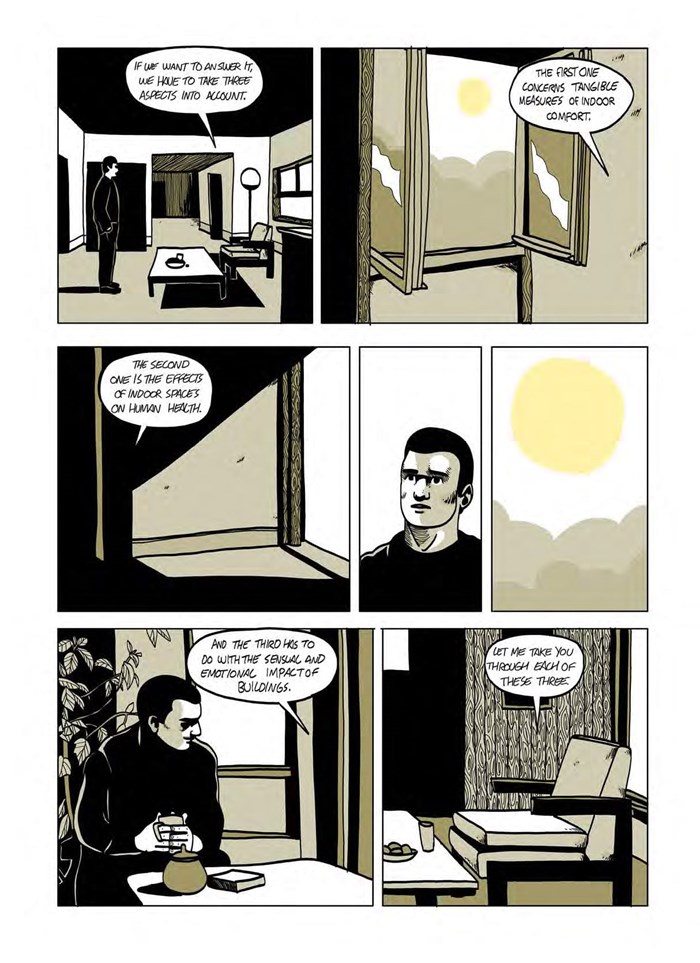
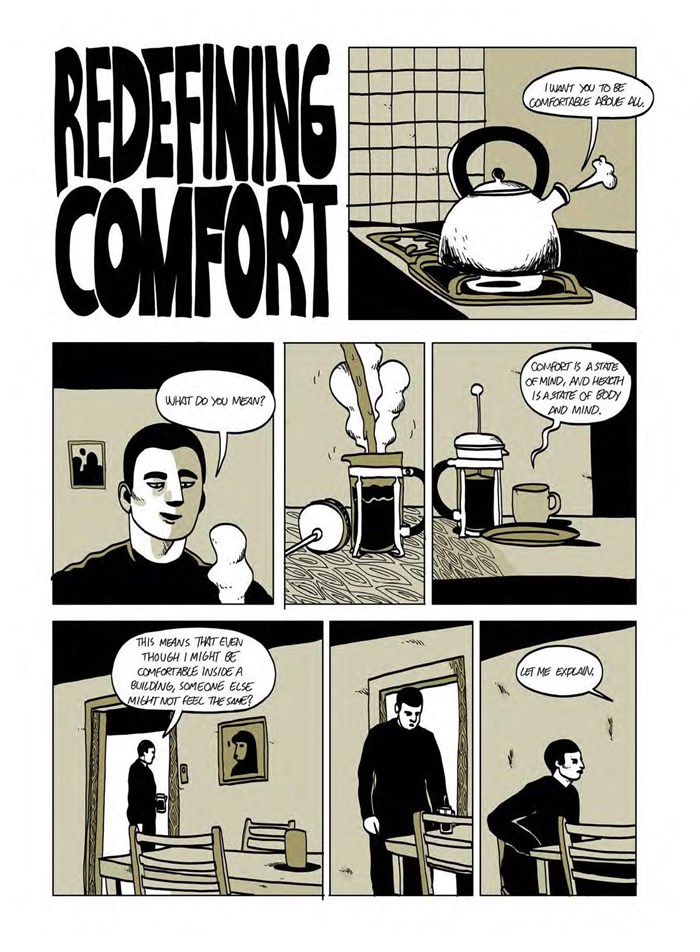
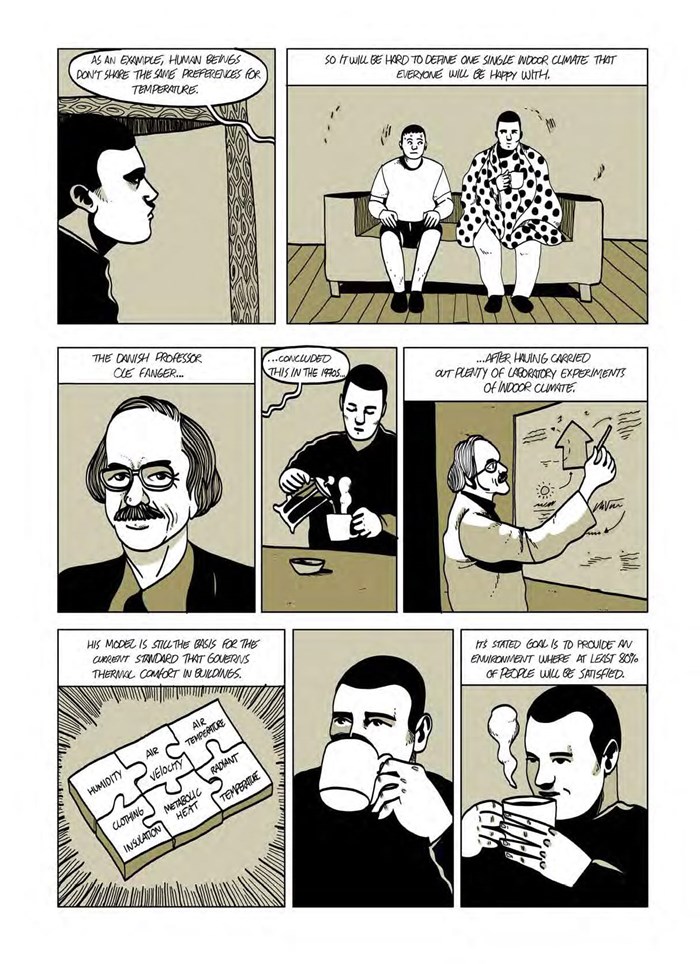
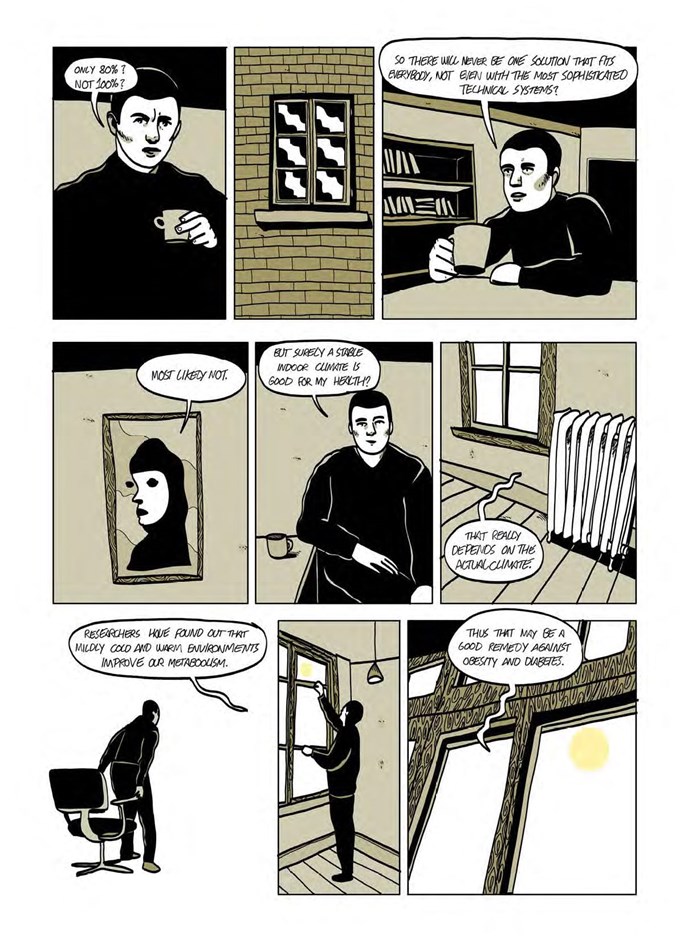
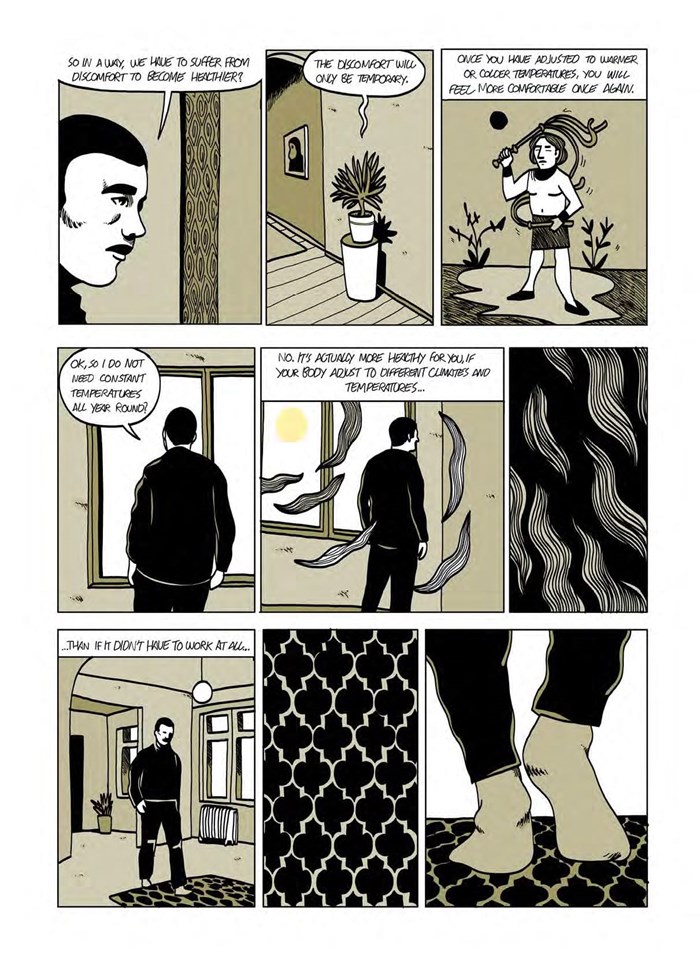
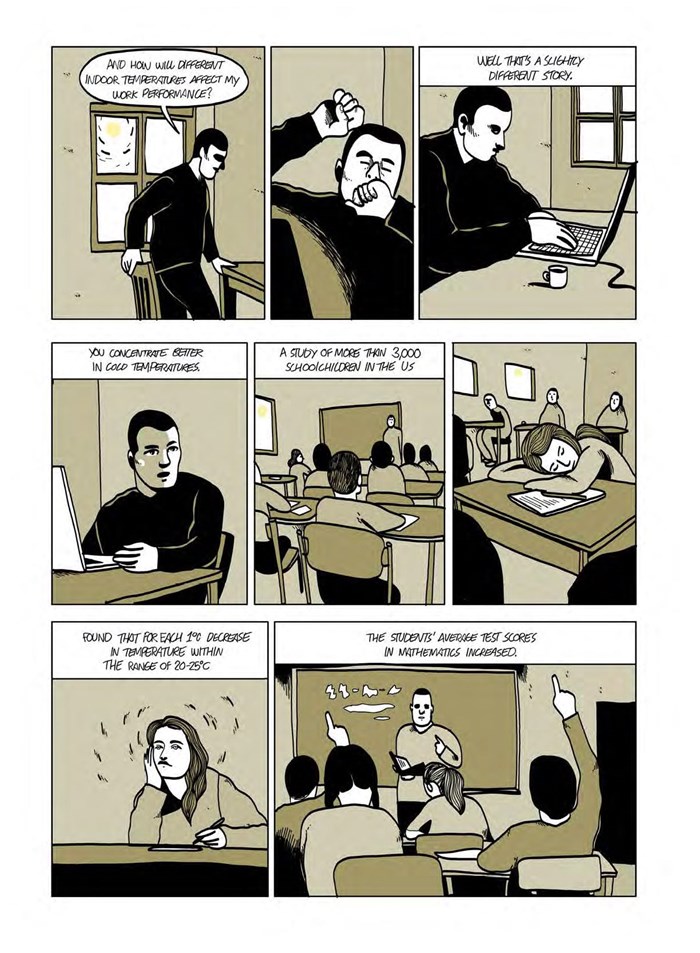
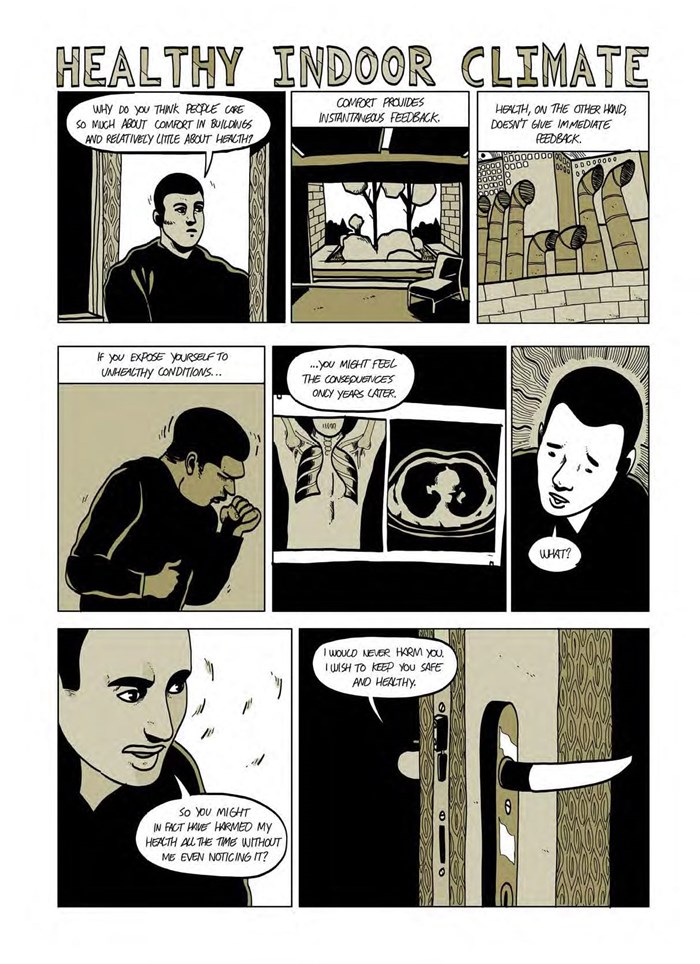
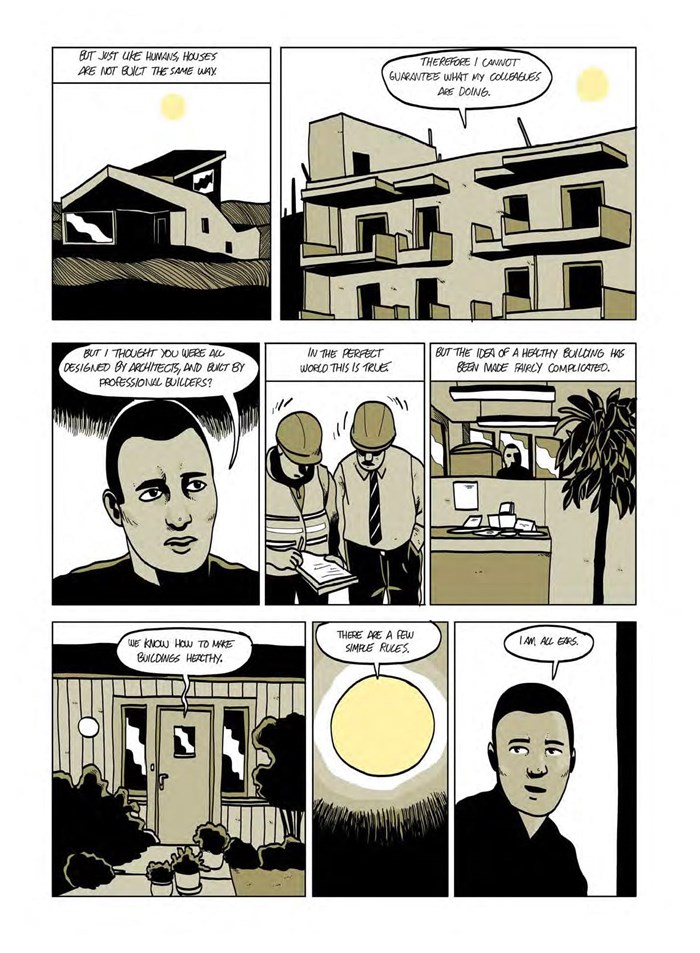
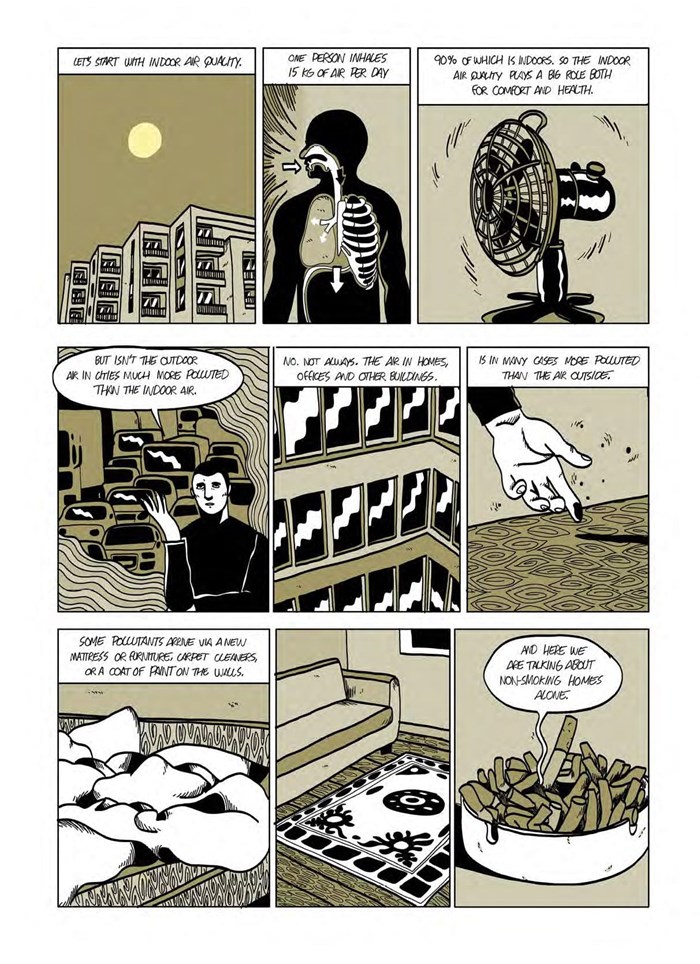
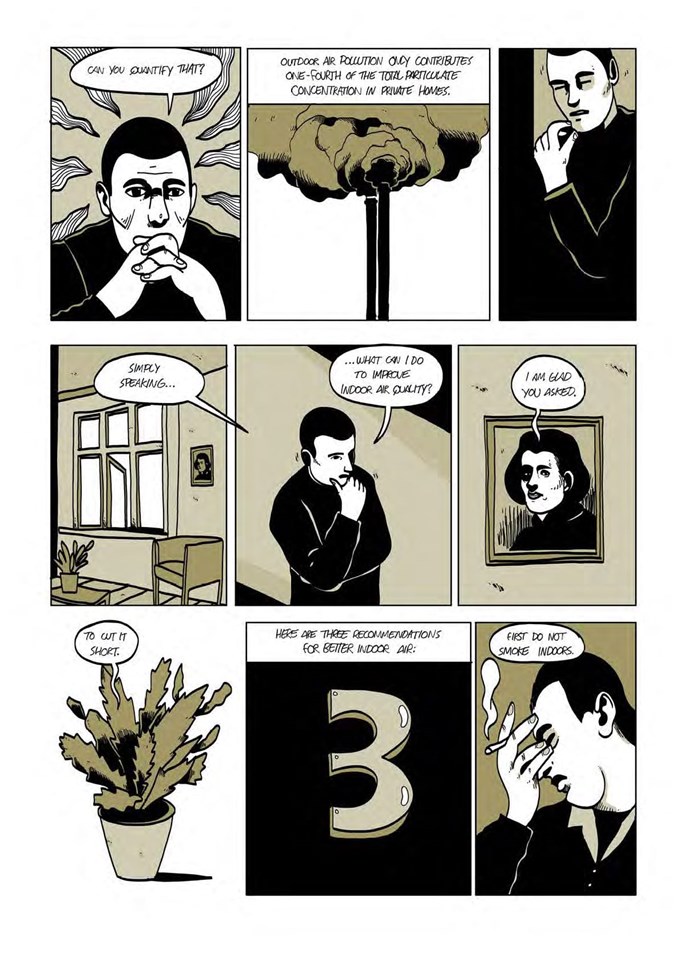
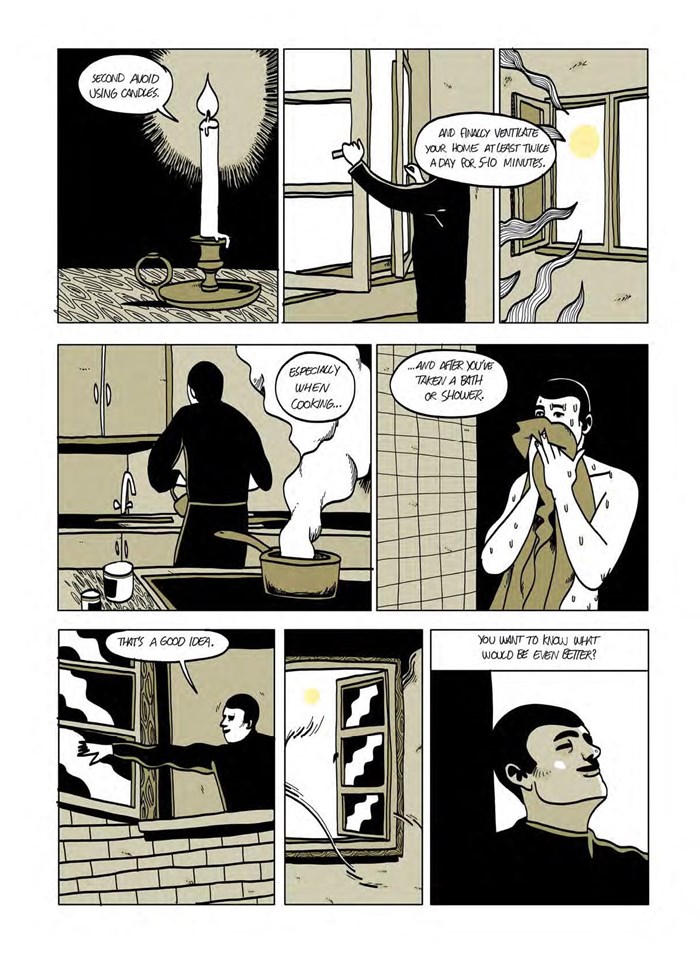
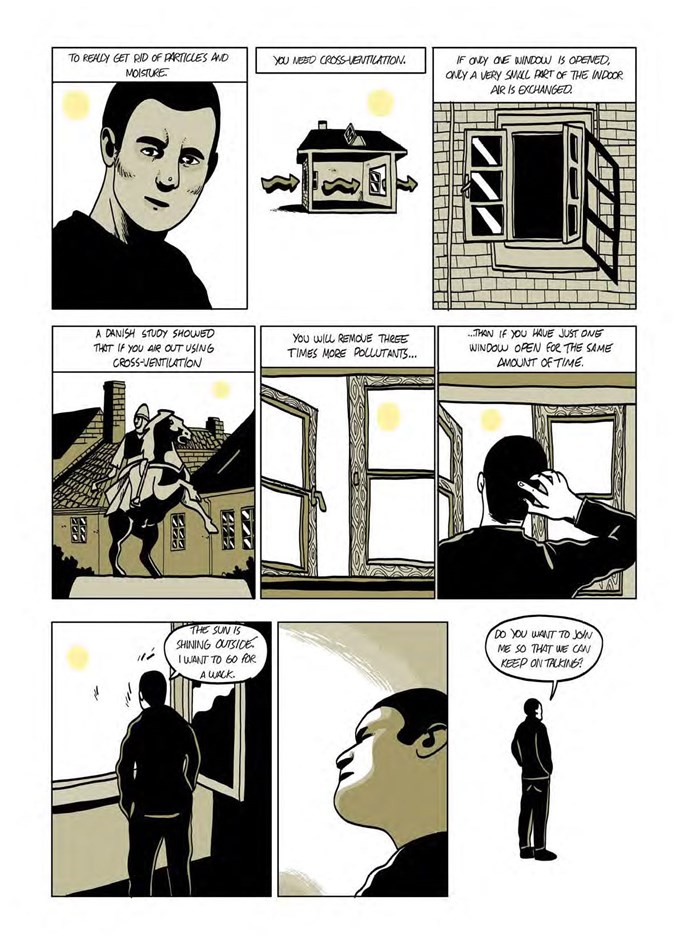
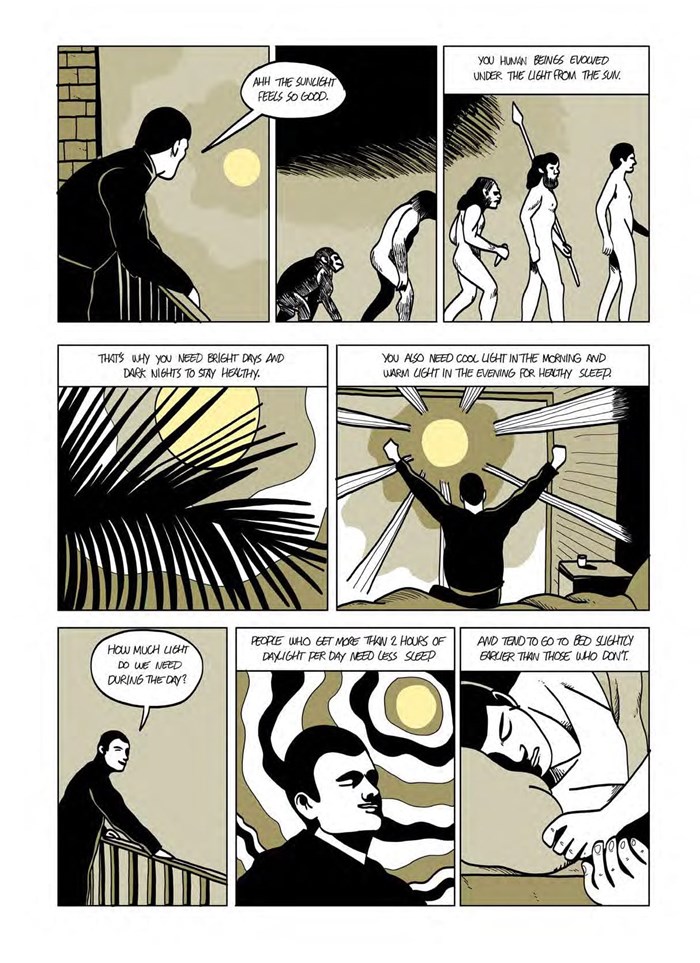
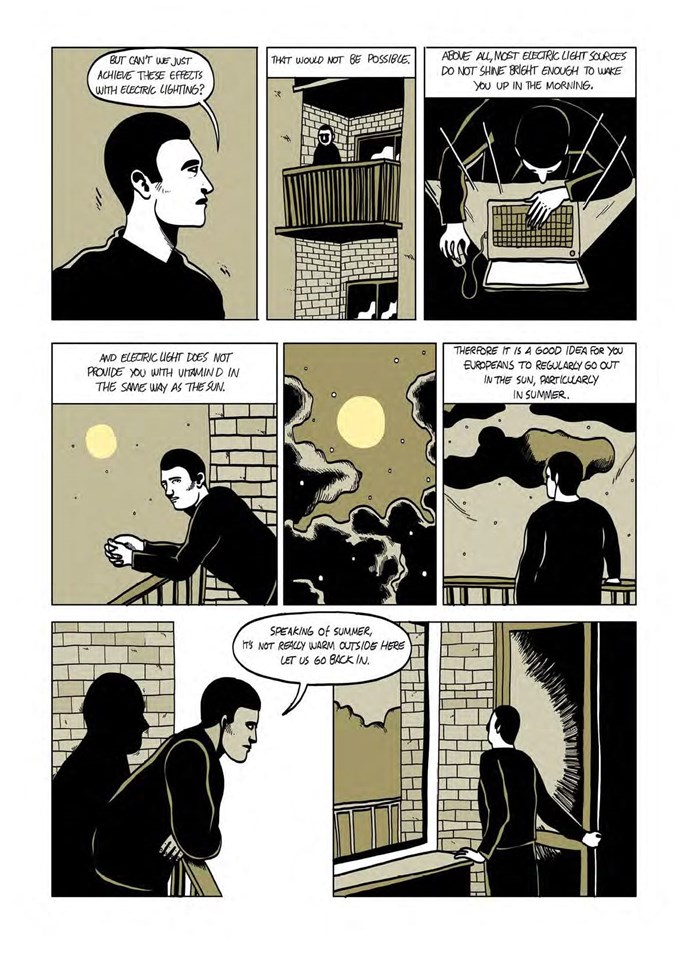
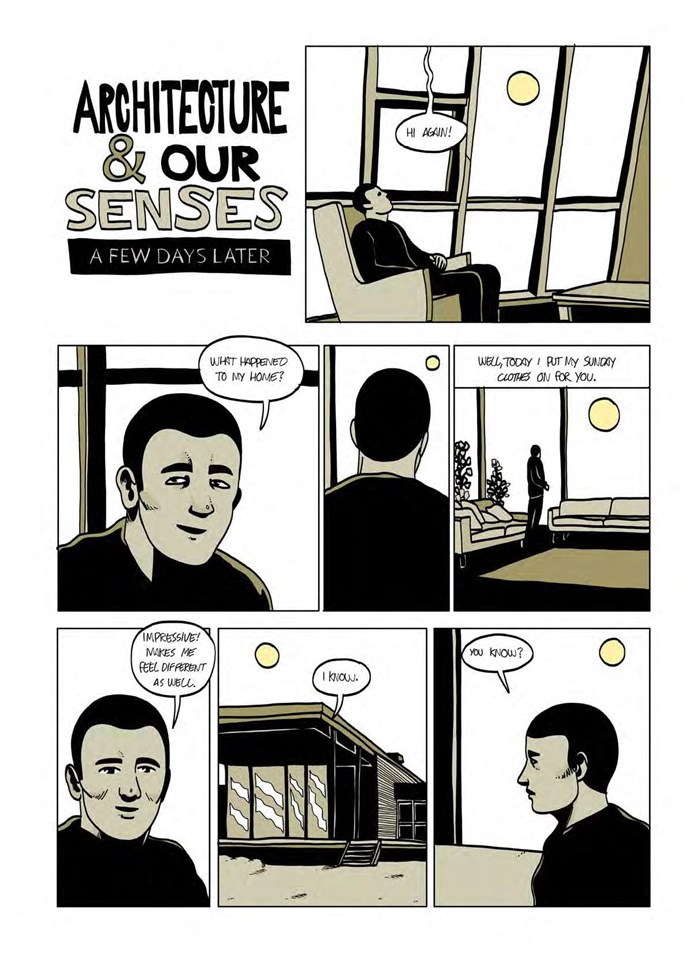
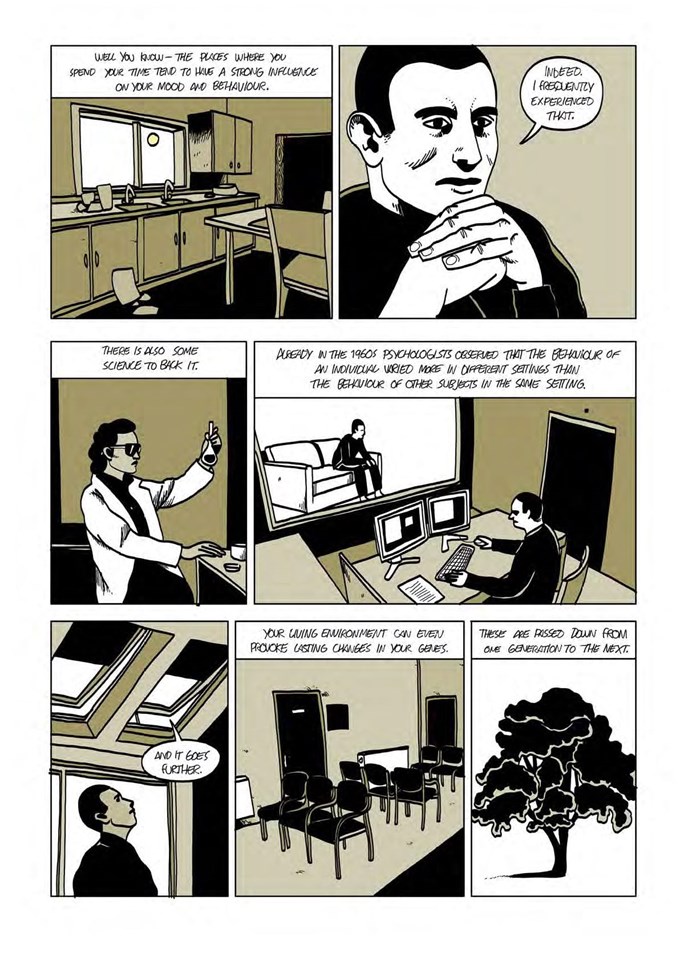
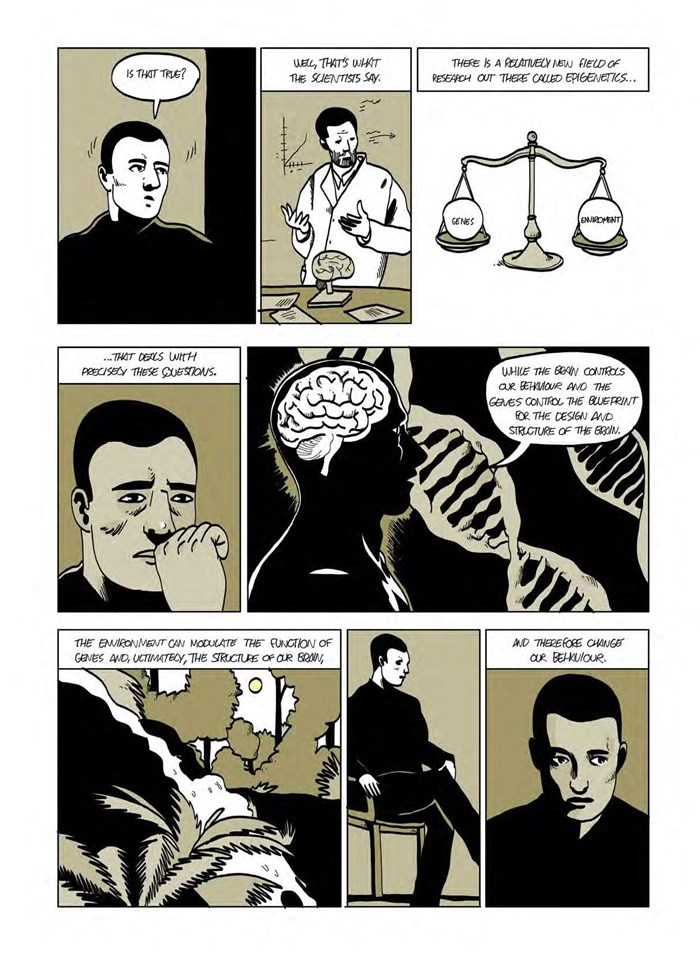
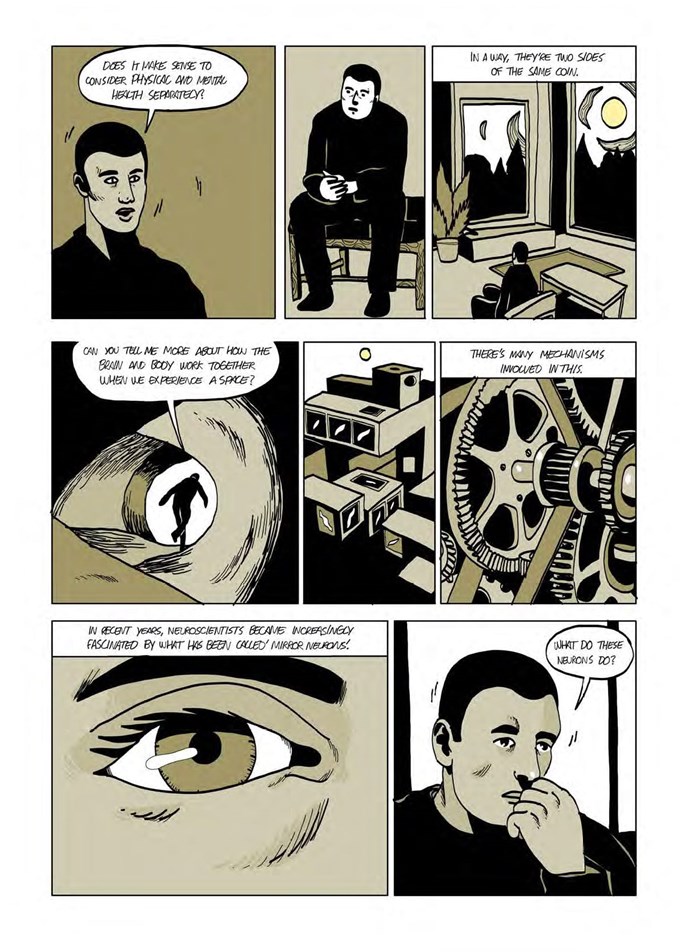
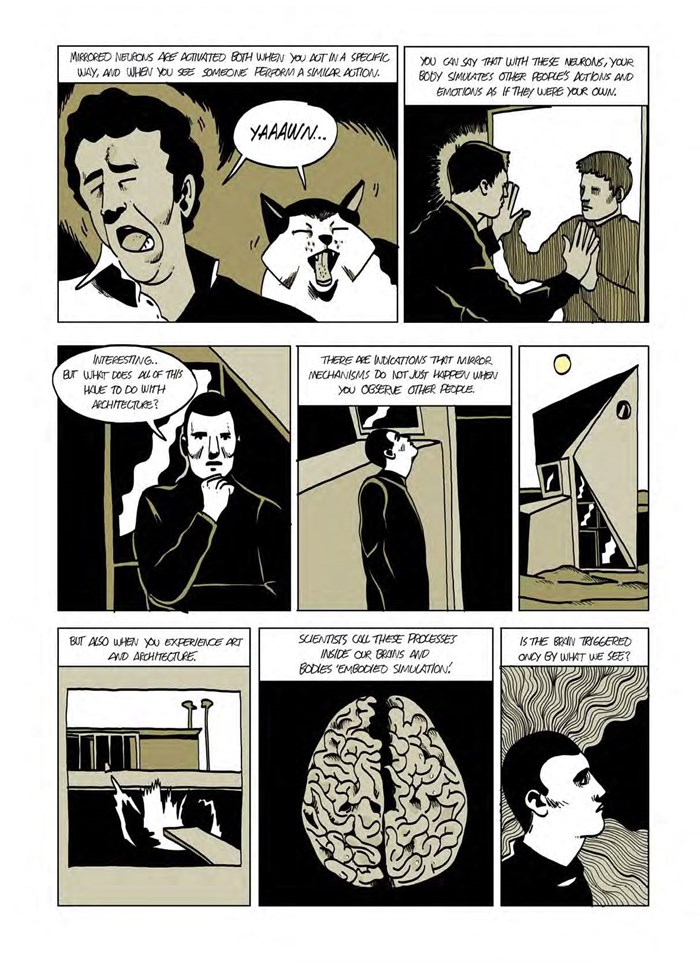
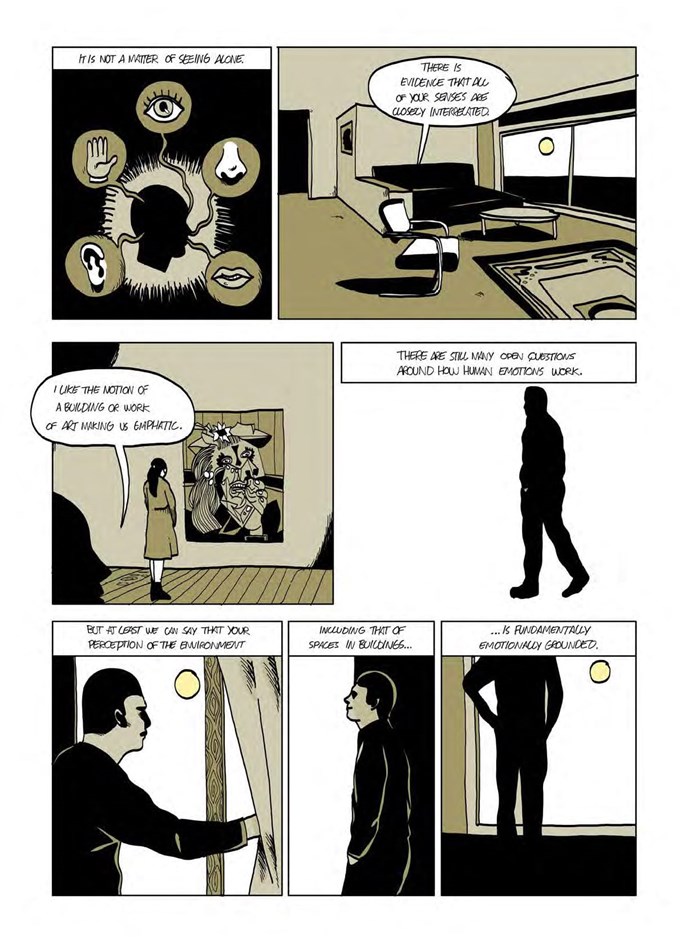
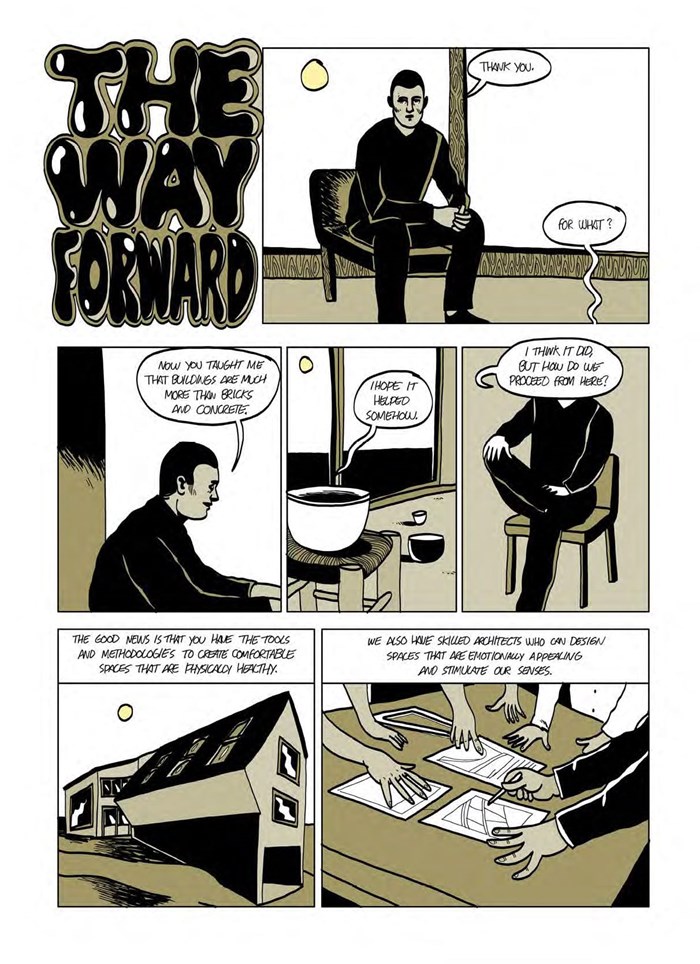
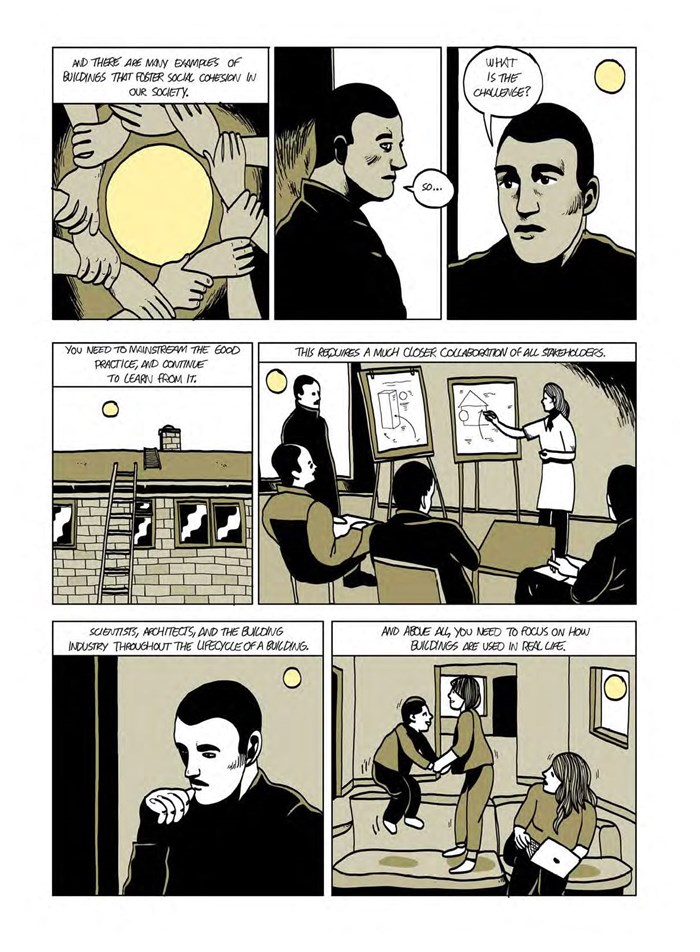
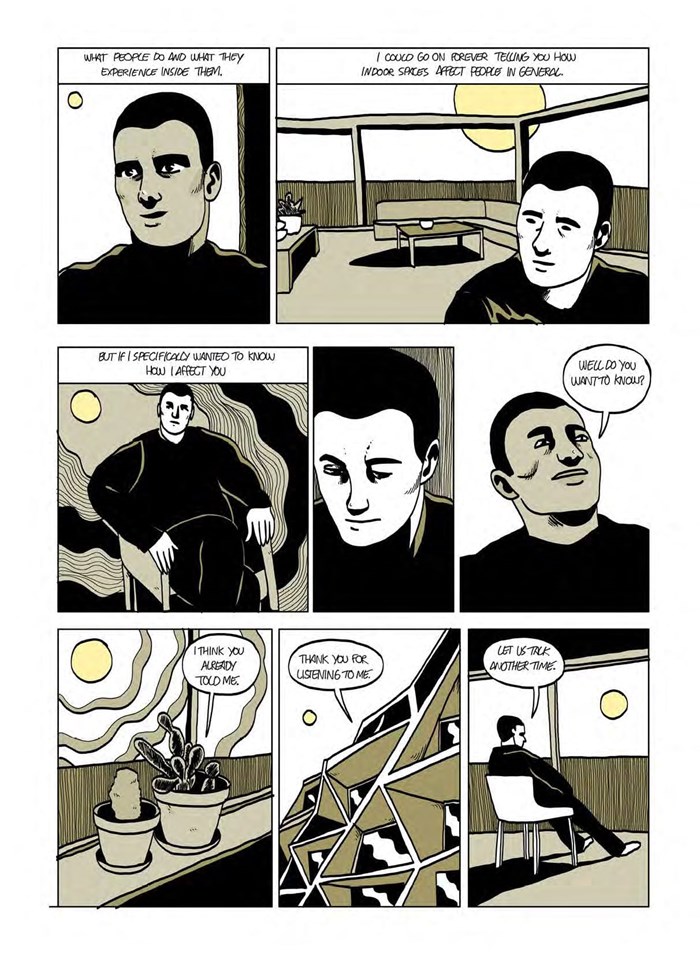
Further reading
Active House alliance (ed.) Active House – The Guidelines. Brussels 2015
Allen J G et al: Green Buildings and Health. Current Environmental Health Reports 2015; 2(3): 250–258. doi: 10.1007/s40572-015-0063-y
Allen J G et al: The 9 Foundations of a Healthy Building. Cambridge/Mass. 2017
Arbib M A: Brains, machines and buildings; towards a neuromorphic architecture. Intelligent Buildings International, iFirst article 2012, 1–22
Burnett D: Daylight: Nature’s Prescription for Health, Productivity and Sleep. Daylight/Architecture, issue 26, pp. 90–98.Hørsholm 2016
Gallese V, J Pallasmaa, and S Robinson: Architecture and Empathy. A Tapio Wirkkala – Rut Bryk Design Reader. Helsinki 2015.
Holzer P: Health Matters: Beyond Indoor Comfort. Daylight/Architecture, issue 26, pp. 82–90. Hørsholm 2016
Levin H: Re-constructing Thermal Comfort. Proceedings of the 9th Windsor Conference, 2016, pp. 40–142.
Lowden A, G Kecklund, T Åkerstedt, L Magnusson Hansson, H Westerlund: Daylight Exposure in Relation to Sleep, Wakefulness and Health. Paper presented at the 6th VELUX Daylight Symposium, London 2015
Pallasmaa J, H F Mallgrave, and M A Arbib: Architecture and Neuroscience. A Tapio Wirkkala – Rut Bryk Design Reader.Helsinki 2013.
Realdania/Center for Indeklima og Sundhed I Boliger (CISBO): Indeklima og sundhed I boliger. Copenhagen 2016
Van Marken Lichtenbelt W, M Hanssen, H Pallubinsky, B Kingma, L Schellen: Healthy excursions outside the comort zone. Proceedings of the 9th Windsor Conference, 2016, pp. 137–142.
